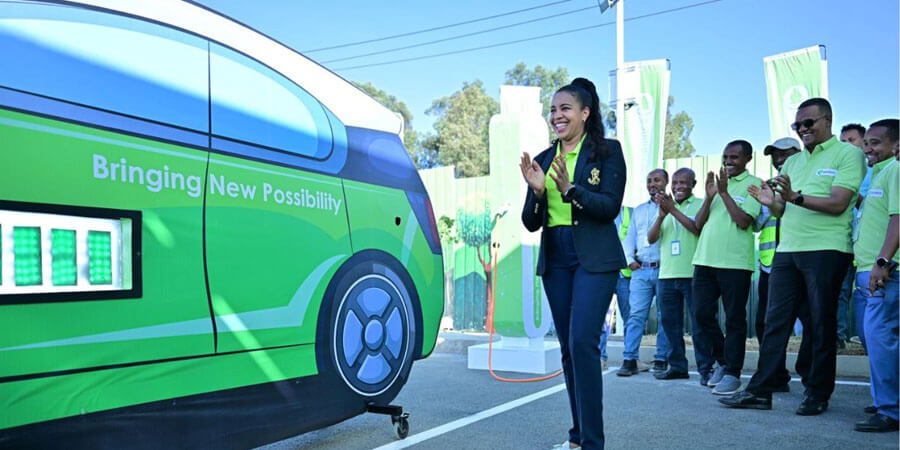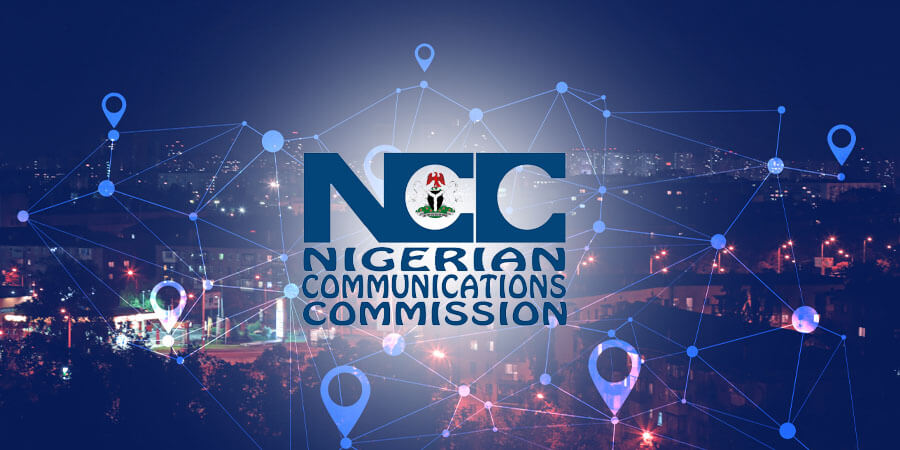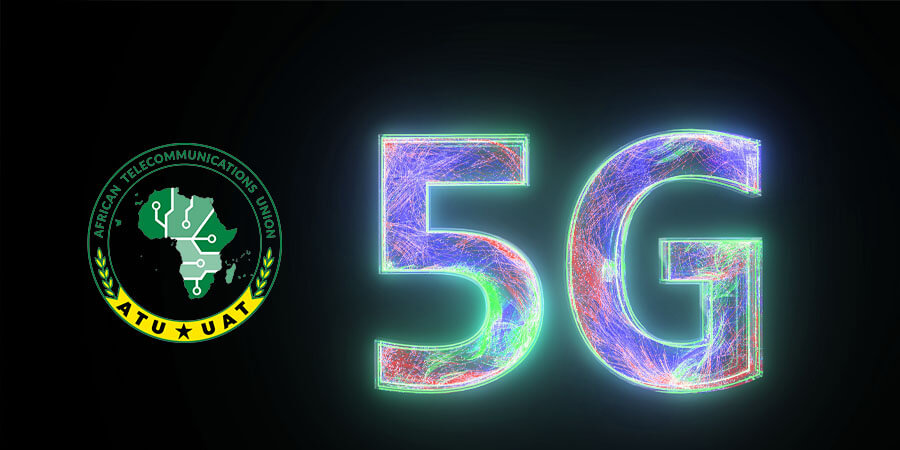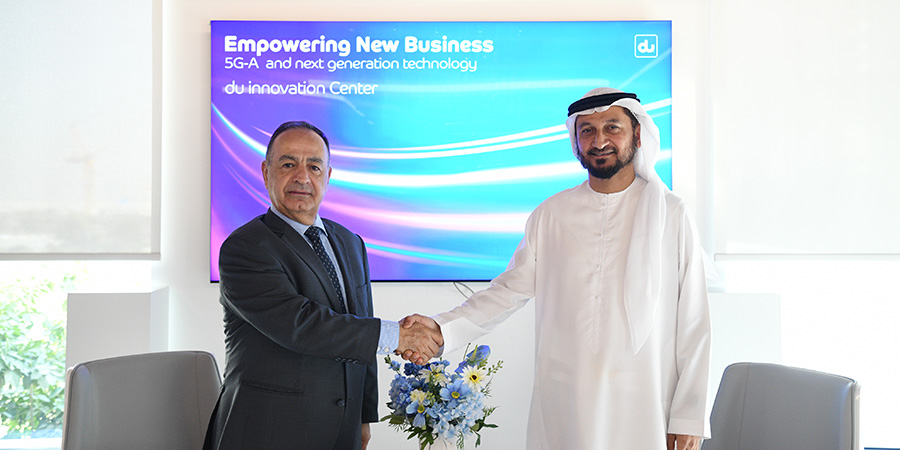A mesh monitoring network formed by 20 differently configured TCI Model 709 compact spectrum monitoring systems (SMS) will be deployed to strengthen the NTRA’s ability to manage and optimize its telecommunications services. These capabilities will be especially critical as the NTRA has recently licensed Egypt’s first 5G network.
Most of the 709 systems will be fixed across 16 sites, and four will be fully transportable or vehicle-mounted, which increases the network’s flexibility. For example, mobile systems allow spectrum monitoring in rural areas where fixed systems are not feasible or in urban settings where they can “hunt down” an interfering or illegal transmitter.
The 709 provides high system sensitivity, low phase noise and high dynamic range to maximize system coverage and ITU measurement capabilities. This results in fewer systems required for monitoring and geolocation across large areas.
TCI and EGPowers partnered in 2015 to deliver a mobile monitoring and direction-finding system to NTRA covering the 20 MHz to 8 GHz bandwidth, with an additional frequency extension up to 40 GHz. Today, with the new NTRA contract win, EGPowers will be responsible for the installation, set-up, and ongoing support of the network of TCI spectrum monitoring sensors.
“Egypt’s telecommunications and digital landscapes are expanding, and new 5G networks will inevitably add complexity. New spectrum monitoring capabilities will address this complexity and give NTRA the tools it needs to master the spectrum,” says Ann Bustamante, Vice President Spectrum Monitoring and Management Sales at TCI.
The TCI Model 709 Compact Spectrum Monitoring System detects and locates modern signals of interest for spectrum optimization, interference mitigation, public safety, and national security missions. SPX Communication Technologies’ Spectrum Monitoring Systems portfolio also enables government-mandated regulators to digitize and monetize the Radio Spectrum by licensing, managing and protecting spectrum bands for telecommunications services – including 5G.
The NTRA’s mesh monitoring network is set to be fully operational by the end of 2024.










































